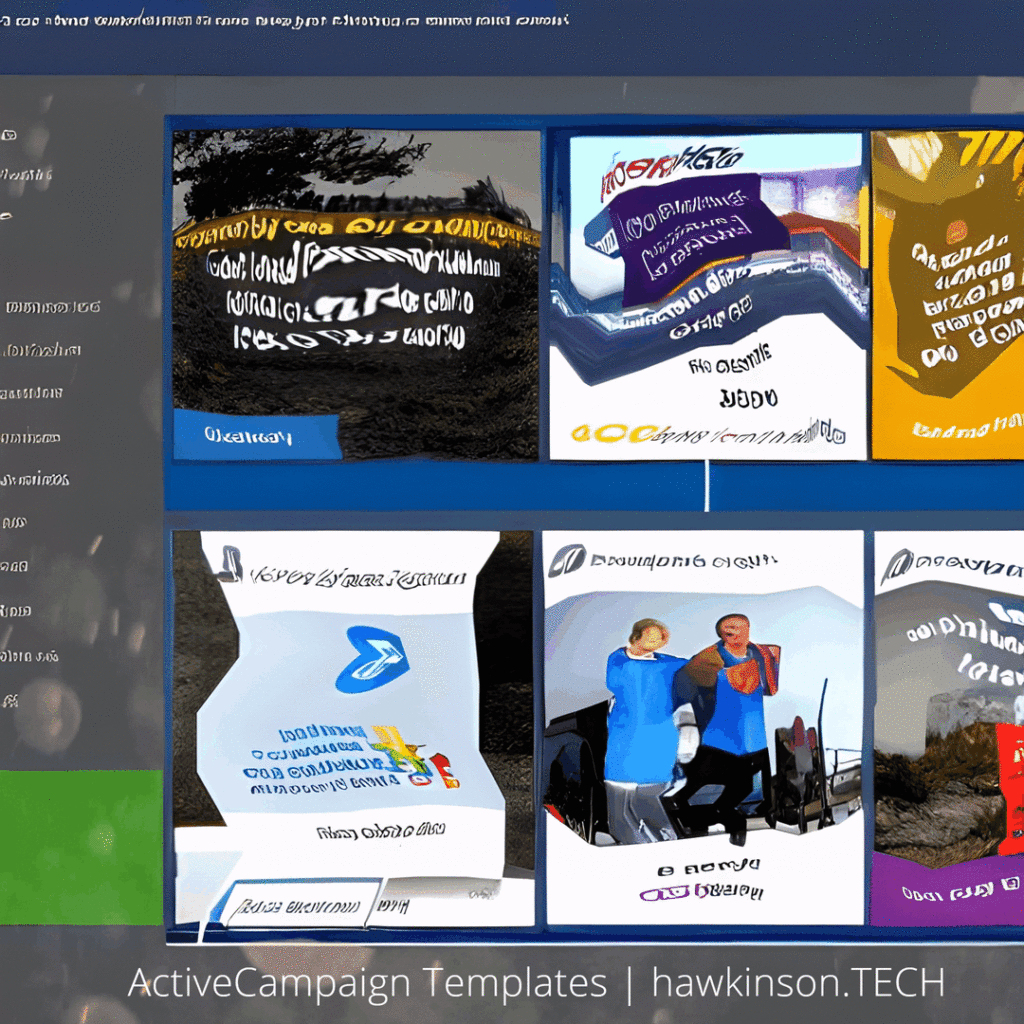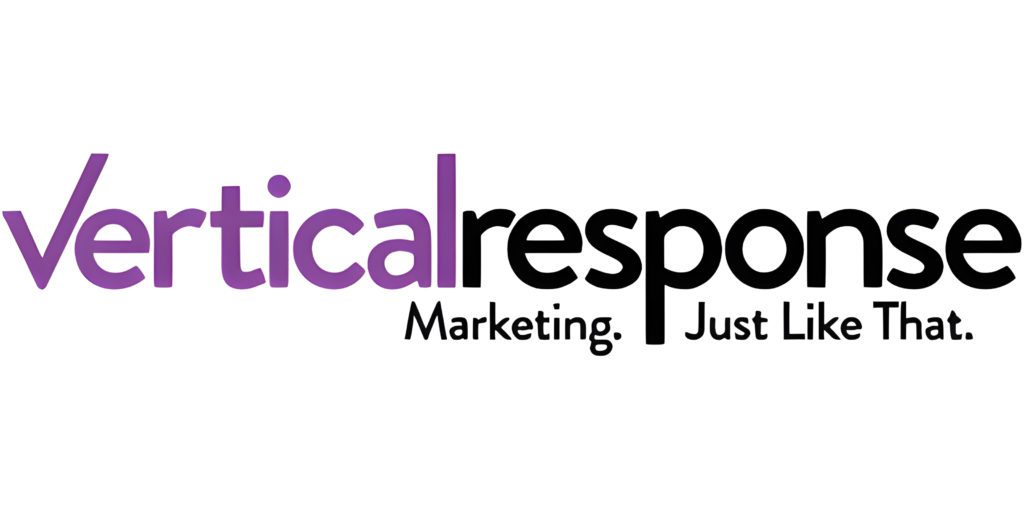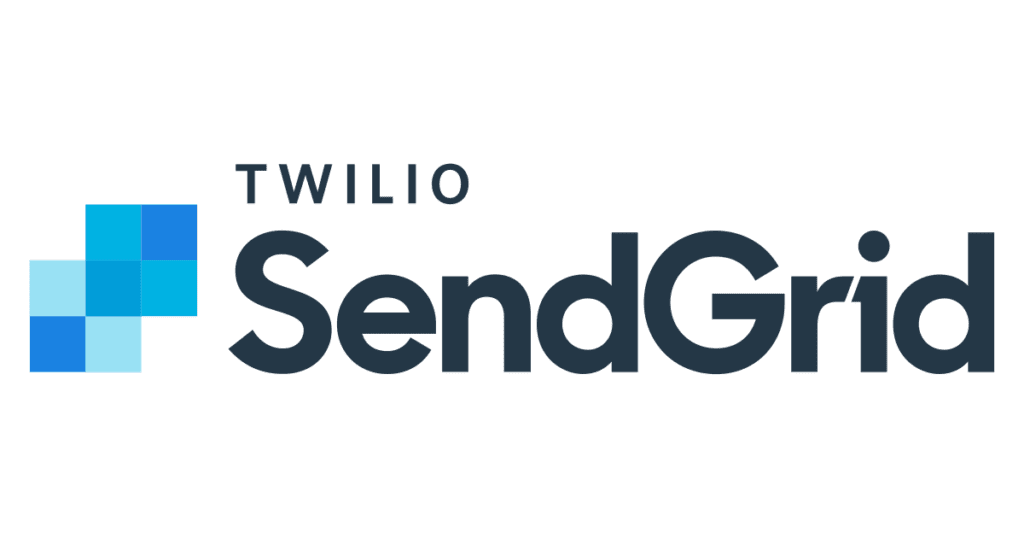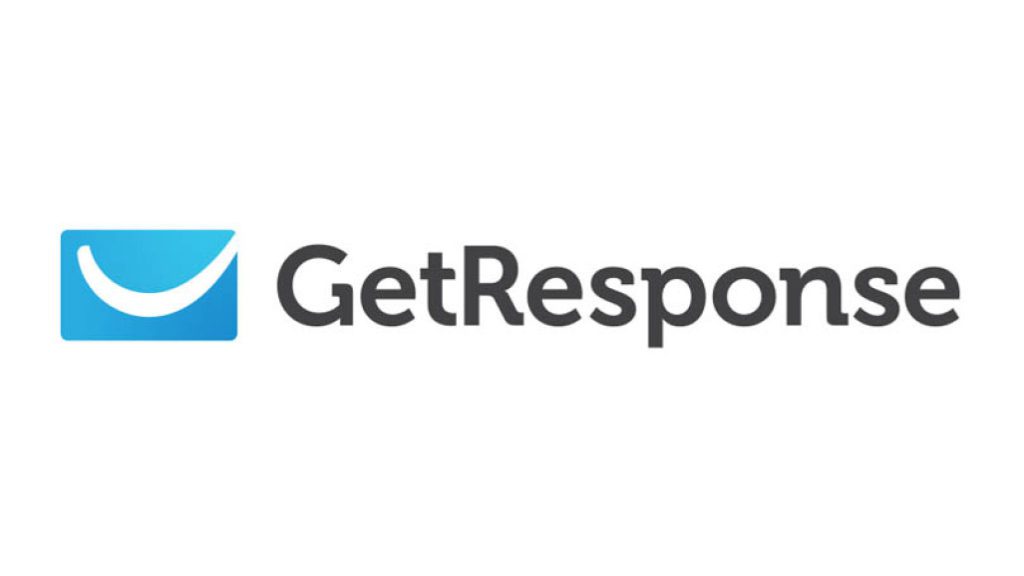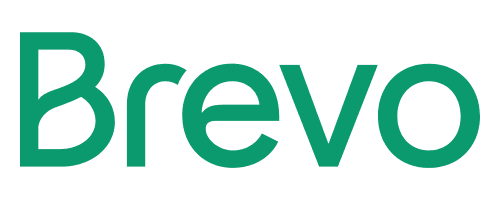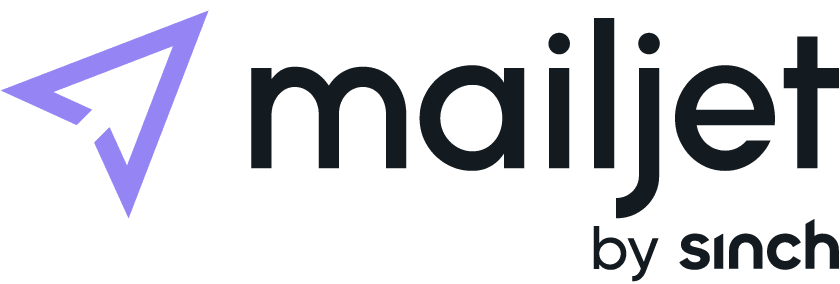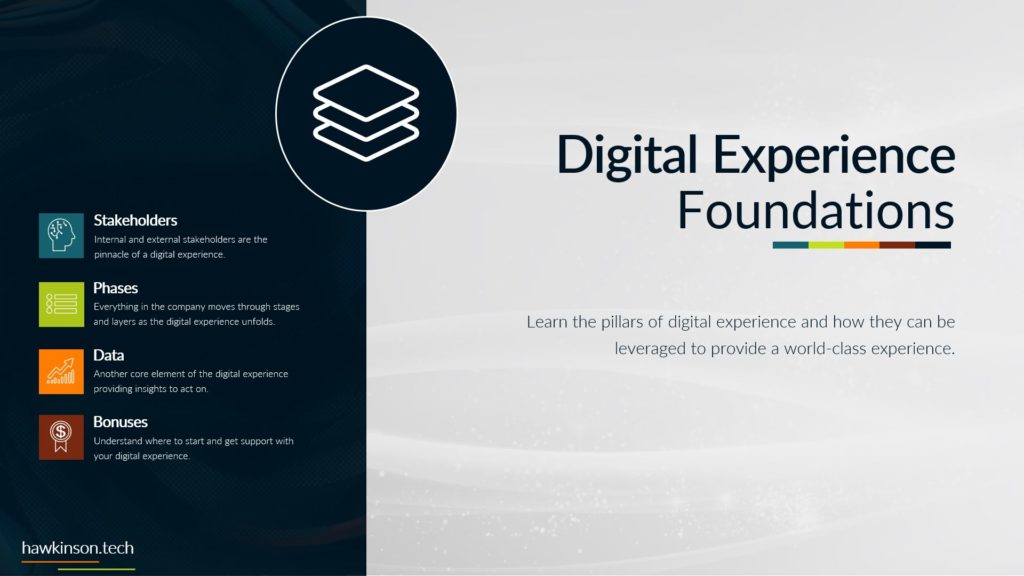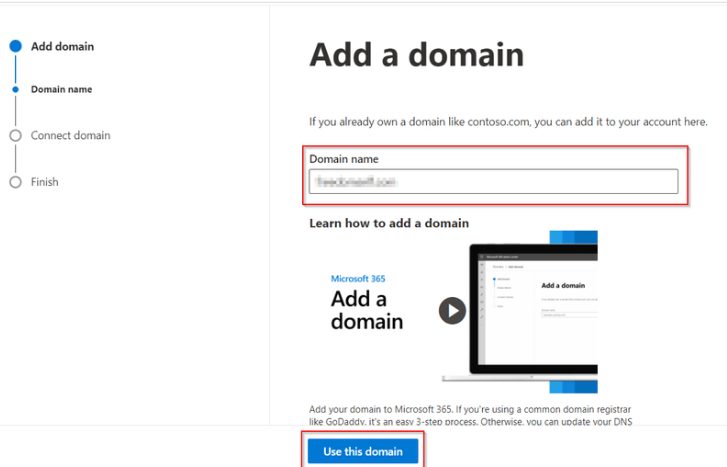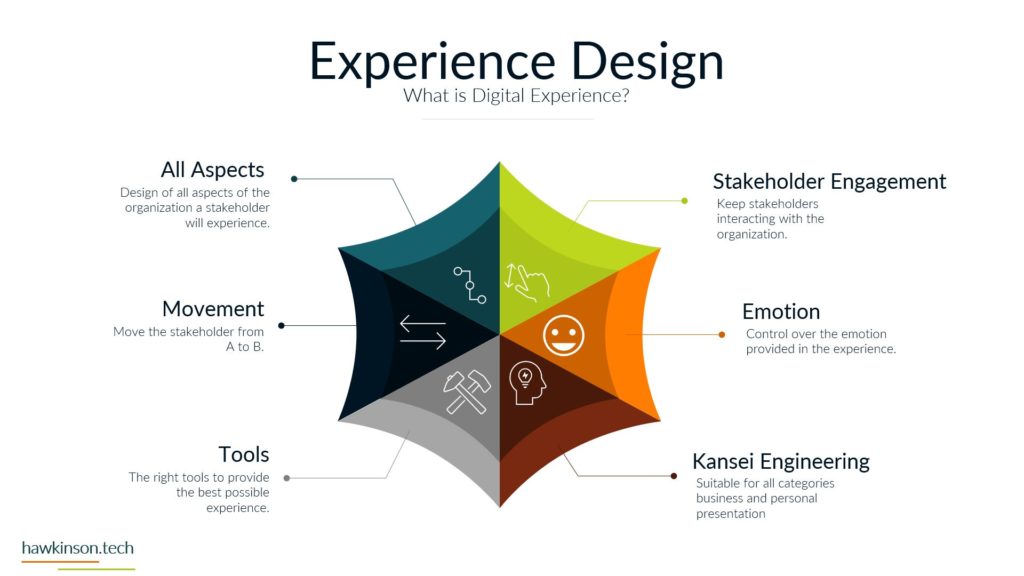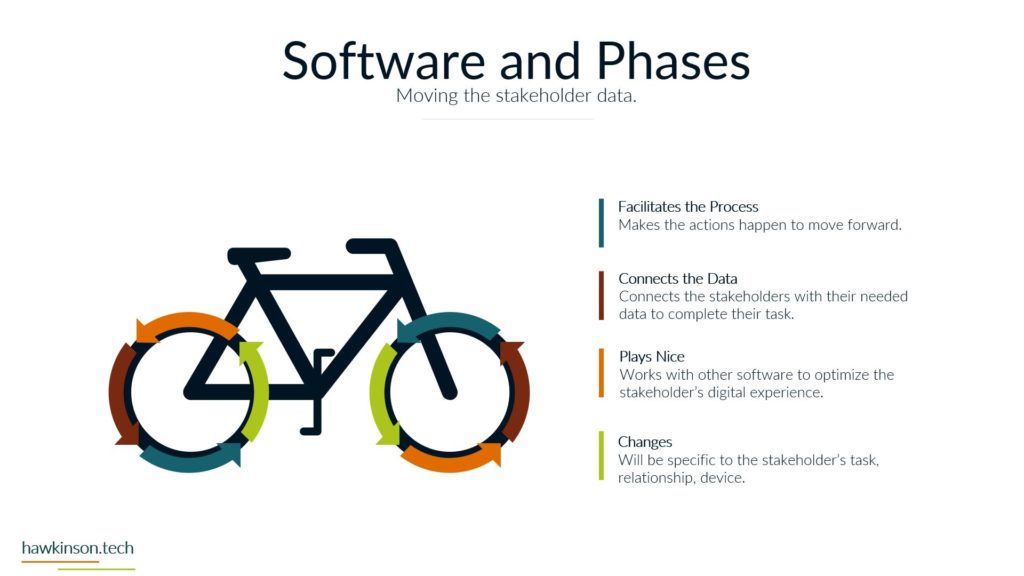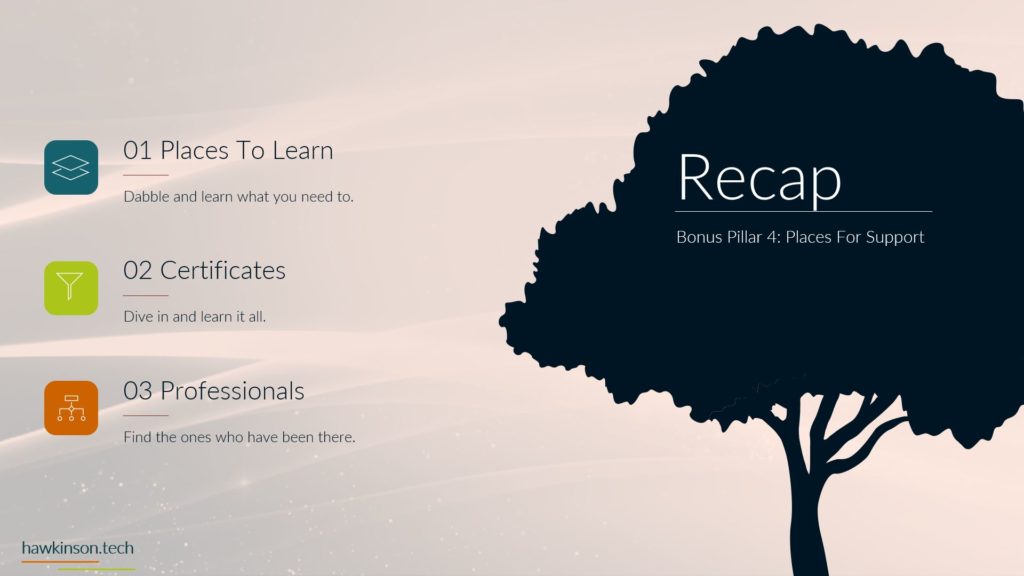The importance of email marketing in real estate must be considered. With the rapid evolution of technology and the ever-changing landscape of the real estate industry, real estate agents must stay ahead of the curve and leverage the power of email marketing to reach clients, sell properties, and stay informed about industry trends.
This guide will delve into the importance of email marketing in real estate, why real estate agents need to consider email marketing to reach clients, how email marketing can help sell properties, and how the real estate industry is changing.
The Importance of Email Marketing in Real Estate
Email marketing is a powerful tool that allows real estate agents to connect with potential clients, nurture relationships with existing clients, and showcase their expertise in the industry. Here are some reasons why email marketing is important in real estate:
- Cost-effective: Email marketing is one of the most cost-effective marketing strategies for real estate agents. With minimal investment, agents can reach a vast audience and generate significant returns on investment (ROI).
- Targeted audience: Email marketing allows real estate agents to segment their audience based on various factors such as location, property type, and budget. This targeted approach ensures that agents send relevant content to the right audience, increasing the chances of conversions.
- Personalized communication: Email marketing enables real estate agents to personalize their communication with clients, which can significantly improve client engagement and satisfaction.
- Measurable results: Email marketing provides real estate agents with valuable data and insights into their campaigns’ performance, allowing them to optimize their efforts for better results.
- Increased brand awareness: Regular email communication helps real estate agents stay top-of-mind with their clients, increasing brand awareness and building a strong reputation in the industry.
Why Real Estate Agents Need to Consider Email Marketing to Reach Clients
In a highly competitive industry like real estate, agents must find innovative ways to reach clients and stay ahead. Email marketing offers several benefits that make it an essential tool for real estate agents:
- Building relationships: Email marketing allows real estate agents to establish and nurture relationships with clients by providing valuable content, updates, and offers. A strong relationship with clients can lead to repeat business and referrals.
- Lead generation: By offering valuable content and resources through email marketing, real estate agents can attract potential clients and generate quality leads.
- Lead nurturing: Email marketing enables real estate agents to nurture leads by staying in regular contact and providing relevant information throughout the buyer’s journey, increasing the chances of conversion.
- Client retention: Regular email communication helps real estate agents stay connected with their clients even after a successful transaction, ensuring client satisfaction and fostering long-term relationships.
- Expertise showcase: Email marketing allows real estate agents to demonstrate their expertise and knowledge in the industry, positioning them as trusted advisors and increasing their credibility.
How Email Marketing Can Help Sell Properties
Email marketing can play a significant role in helping real estate agents sell properties faster and more efficiently. Here’s how:
- Property promotion: Real estate agents can use email marketing to promote their property listings to a targeted audience, increasing the chances of finding the right buyer.
- Open house invitations: Email marketing can be used to send open house invitations to potential buyers, increasing attendance and generating interest in the property.
- Testimonials and case studies: Sharing success stories and client testimonials through email marketing can help real estate agents build credibility and trust with potential clients, making them more likely to choose the agent when buying or selling a property.
- Market updates: Providing regular market updates and industry news through email marketing can help real estate agents position themselves as industry experts, increasing client trust and confidence.
- Follow-up: Email marketing allows real estate agents to follow up with potential buyers after a property showing or open house, keeping the property top-of-mind and increasing the chances of a sale.
How Real Estate is Changing
The real estate industry is witnessing a paradigm shift in trends driven by technological advancements, evolving consumer preferences, and the global pandemic’s impact on work and lifestyle choices. The rise of remote work has increased demand for larger homes with dedicated workspaces and outdoor areas. At the same time, urban dwellers seek properties in suburban and rural areas for a more balanced lifestyle.
Additionally, the growing importance of sustainability and eco-friendly living has led to a surge in demand for energy-efficient homes and green building practices. The real estate industry is constantly evolving, and email marketing plays a crucial role in helping real estate agents adapt to these changes:
- Increased reliance on technology: As more buyers and sellers turn to online platforms for their real estate needs, email marketing becomes an essential tool for real estate agents to reach clients and showcase their expertise in the digital space.
- Shift in client expectations: Today’s clients expect personalized, relevant communication from their real estate agents. Email marketing allows agents to meet these expectations by delivering targeted content tailored to each client’s unique needs and preferences.
- Rise of social media: With the growing popularity of social media platforms, real estate agents need to integrate email marketing with their social media strategies to maximize their reach and engage with clients across multiple channels.
- Data-driven decision-making: The wealth of data available through email marketing enables real estate agents to make informed decisions about their marketing strategies, ensuring they reach the right audience with the right message.
In conclusion, email marketing is a powerful tool that can significantly impact the success of real estate agents in today’s competitive market. By understanding the importance of email marketing in real estate and leveraging it to reach clients, sell properties, and adapt to the changing industry landscape, real estate agents can position themselves for long-term success.








